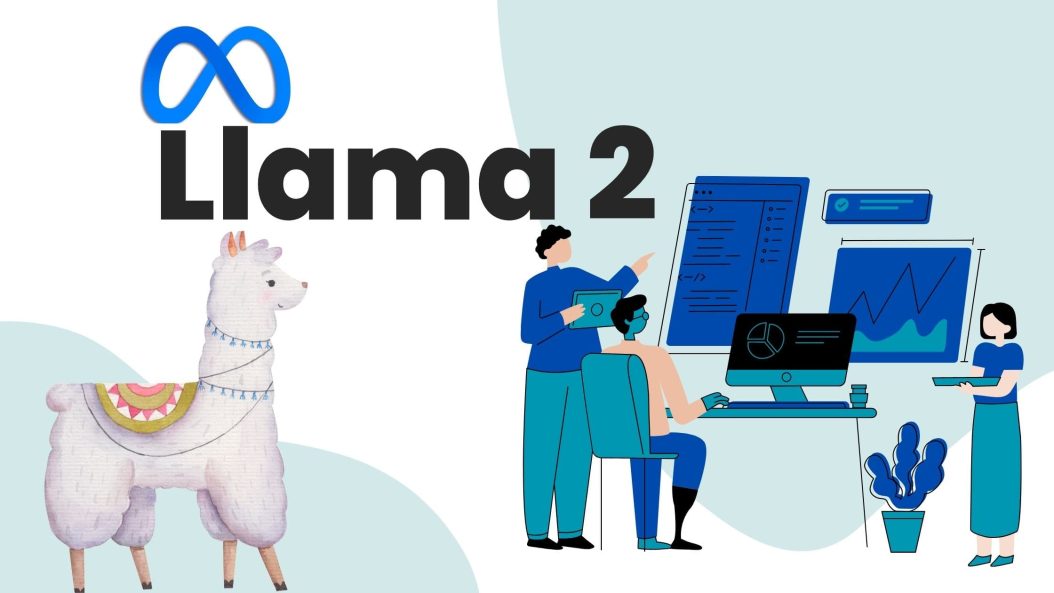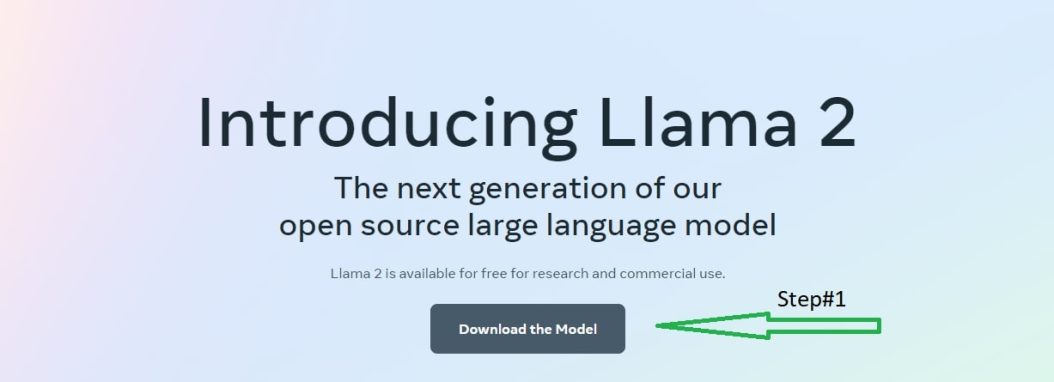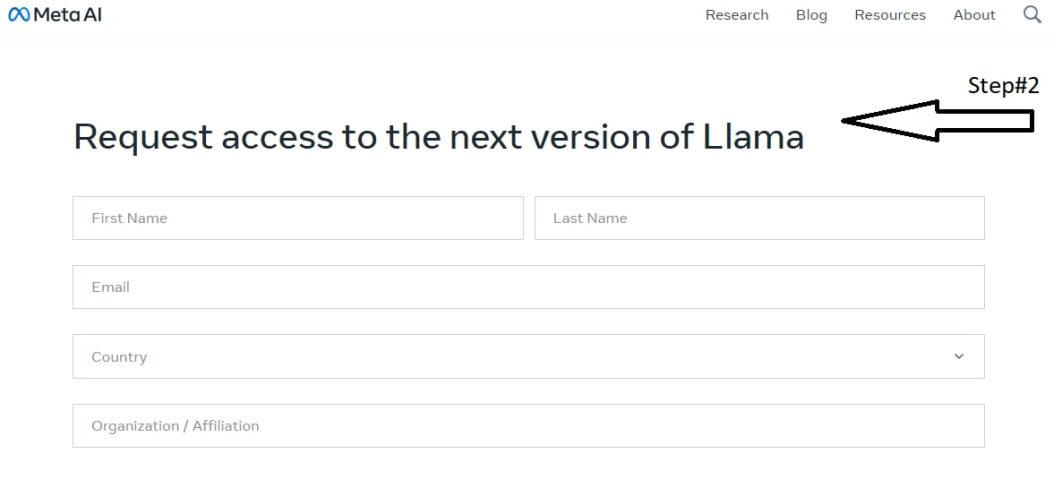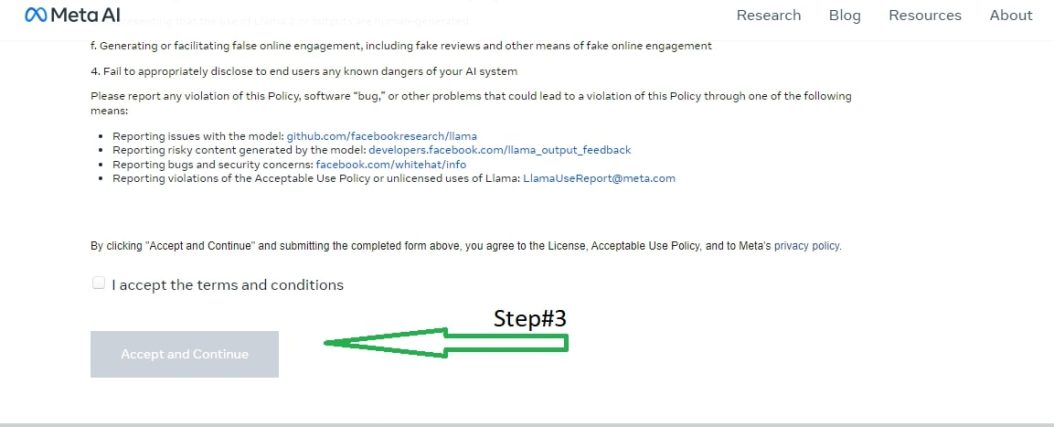
Llama 2, the next-generation open source large language model developed by Meta in collaboration with Microsoft, is revolutionizing the world of artificial intelligence. With its vast capacity of 7B, 13B, and 70B parameters, Llama (Large Language Model Meta AI 2 represents a significant leap in the field of natural language processing (NLP). This article will provide a comprehensive guide to Llama 2, covering its accessibility, features, applications, and the potential it holds for researchers, developers, and the broader AI community.
What is Llama 2?
Llama 2 is a cutting-edge large language model developed by Meta, previously known as Facebook, and Microsoft. As an open source initiative, Llama 2 is freely available for both research and commercial use. Its vast capacity enables it to process and generate natural language text with incredible precision and creativity, making it an invaluable tool for AI researchers and developers.
How to Access Llama 2?
Llama 2 can be accessed through multiple channels. You can download the pretrained and fine-tuned models directly from Meta’s platform. Alternatively, you can utilize Microsoft’s partnership with Meta and access Llama 2 through Azure, along with Microsoft’s safety and content tools. For those who prefer localized access, an optimized version is available for Windows. Apply here for early access.
How to Download Llama 2?
To download Llama 2, the next-generation open source language model, you can follow these simple steps:
- Visit the official Meta website where Llama 2 is made available for download.
- Look for the section dedicated to Llama 2 and click on the download button.
- Select the specific version of Llama 2 you wish to download based on your requirements. Remember that Llama 2 comes in various sizes, ranging from 7B to 65B parameters, each offering different capabilities.
- Fill the form and apply for early access to proceed with the download.
- Read and agree to the terms and conditions or any licensing agreements associated with the usage of Llama 2.
- Once you have completed the necessary steps, click on the download button to initiate the process
Step-by-Step Download Guide
Step #1

Step #2

Step #3

Llama 2 vs. ChatGPT -3, GPT-4 vs. BARD
Amidst the ever-changing realm of artificial intelligence, three powerful language models have emerged: BARD developed by Google, ChatGPT by OpenAI (including GPT-3 and GPT-4), and Llama 2, a brainchild of Meta (formerly Facebook). Each of these models brings its own unique strengths to the table. BARD, with its 137 billion parameters, excels in fast and accurate query processing while supporting both text and image inputs. On the other hand, ChatGPT, with GPT-3’s 175 billion parameters and GPT-4’s massive 100 trillion parameters, showcases impressive conversational AI capabilities, providing users with interactive and natural interactions. Llama 2 stands out for its open-source foundation language models, ranging from 7B to 65B parameters, empowering researchers and developers to access and explore its potential freely. As AI continues to shape the future, the competition and collaboration between these language models drive innovation and offer exciting possibilities for advancing the field of natural language processing.
Comparison Table: Llama 2 by Meta vs. ChatGPT (GPT-3, GPT-4 by OpenAI) vs. BARD (Google)
| Feature | BARD (Google) | ChatGPT (GPT-3, GPT-4) | Llama 2 (Meta) |
|---|---|---|---|
| Availability | Publicly available | Only available to ChatGPT Plus subscribers | Publicly available |
| Parameters | 137 billion | GPT-3: 175 billion; GPT-4: 100 Trillion | Ranges from 7B to 65B |
| Supported | Both Text and Image | Only Text | Only Text |
| Word Limit | Not specified | GPT-3: approx 1500-2000 words; GPT-4: 25,000 words | Not specified |
| Training Approach | Not specified | Fine-tuned and Pretrained | Pretrained and Fine-tuned |
| Collaboration | Developed by Google | Developed by OpenAI | Developed by Meta (previously Facebook) |
| Open Source | Not specified | Not specified | Open source initiative |
| Advancements | Not specified | GPT-4 has 100 trillion parameters, making it more powerful than GPT-3 | Llama-13B outperforms GPT-3 on benchmarks |
| Focus | Fast and accurate query processing | Conversational AI and language understanding | Open source foundation language models |
| AI Community | Google’s AI research and community | OpenAI’s AI research and community | Meta’s AI research and community |
| Accessibility | Publicly available for use | Limited to ChatGPT Plus subscribers | Available for research and commercial use |
Advancements and Improvements Over Llama 1
Llama 2 boasts several advancements over its predecessor, Llama 1. It was pretrained on significantly more data, making it even more capable of understanding and generating human language. Additionally, architectural improvements ensure that Llama 2 delivers enhanced performance and quality in its responses.
Open Source and the Power of Collaboration
Meta has a strong commitment to open sourcing its infrastructure and AI work, and Llama 2 is no exception. By open-sourcing the model, Meta aims to drive innovation by enabling a broader community of developers to build upon and improve the technology. This approach also promotes safety and security, as more people can review the code to identify and address potential issues.
The Significance of Foundation Models like Llama 2
Foundation models like Llama 2, specifically available in sizes of 7B, 13B, 33B, and 65B parameters, have proven to be valuable assets in the field of large language models. Their smaller size requires less computational power, making them accessible for researchers with limited resources. Moreover, they can be fine-tuned for various specific tasks, unlocking their potential for a wide range of applications.
Training and Tokenization
Llama 2’s training process involved utilizing text from the 20 most spoken languages, with a focus on those using Latin and Cyrillic alphabets. The model operates by predicting the next word in a sequence, recursively generating coherent and contextually relevant text.
Addressing Bias and Toxicity
As with other large language models, Llama 2 faces challenges related to bias, toxic comments, and hallucinations in its generated content. However, as a foundation model, it provides a versatile starting point for researchers to experiment with approaches to limit and eliminate these issues. Meta has conducted evaluations to highlight potential biases and toxicity, facilitating further research in this critical area.
Responsible AI and Licensing
To prevent misuse and maintain integrity, Llama 2 is released under a noncommercial license focused on research use cases. Access to the model is granted on a case-by-case basis, ensuring that academic researchers, government and civil society organizations, as well as industry research laboratories, can responsibly use the technology.
Applying for Access to Llama 2
Researchers interested in accessing Llama 2 can apply for access through Meta’s application process. This helps in maintaining control over usage and ensuring that the model is utilized responsibly and ethically. Fill in this Google form to get early access.
Conclusion
Llama 2 represents a significant step forward in the world of large language models. Its accessibility, open-source nature, and improvements over its predecessor make it an invaluable asset for the AI community. By collaborating with Microsoft and other partners, Meta has paved the way for a more open and innovative AI ecosystem.
FAQs
Is Llama 2 free to use for commercial purposes?
Yes, Llama 2 is available for both research and commercial use, free of charge.
Can I access Llama 2 on platforms other than Meta and Azure?
Yes, there is an optimized version of Llama 2 that can be run locally on Windows.
What makes Llama 2 different from its predecessor, Llama 1?
Llama 2 is pretrained on more data and includes architectural improvements for better performance and quality.
How can Llama 2 help in addressing bias and toxicity in AI-generated content?
As a foundation model, Llama 2 allows researchers to explore and experiment with approaches to mitigate these issues.
What are the criteria for obtaining access to Llama 2 for research purposes?
Access to Llama 2 is granted on a case-by-case basis to academic researchers, organizations in government, civil society, and industry research laboratories.
How many parameters does Llama have?
Llama introduces a collection of foundation language models ranging from 7B to 65B parameters.
Can Llama and ChatGPT be used for conversational applications?
Yes, both Llama and ChatGPT exhibit strong language generation capabilities, making them suitable for conversational AI applications.
